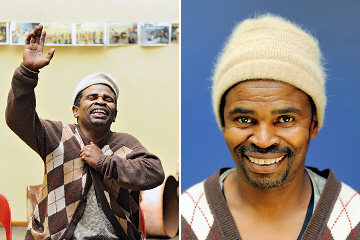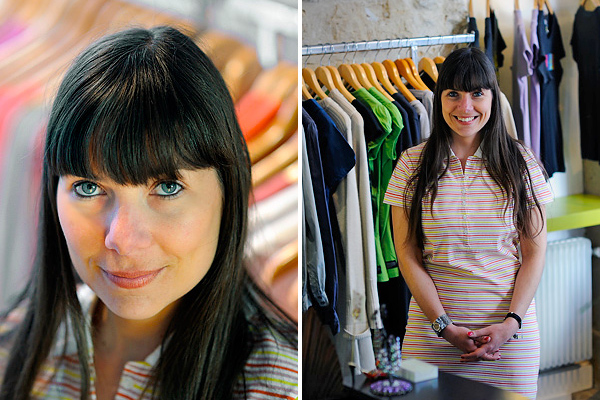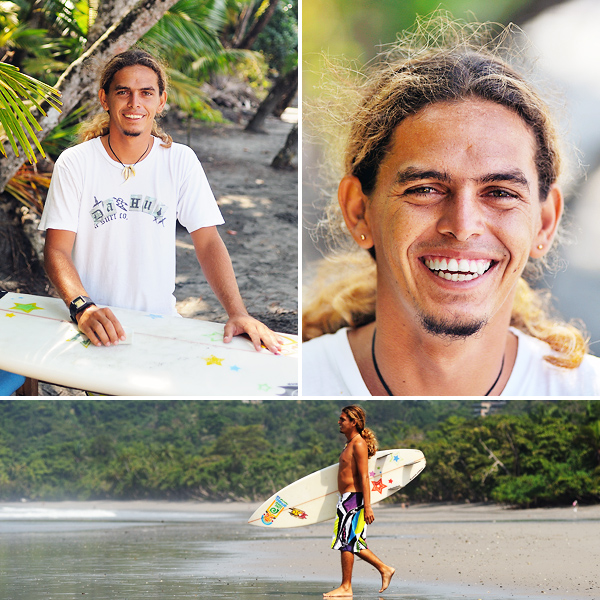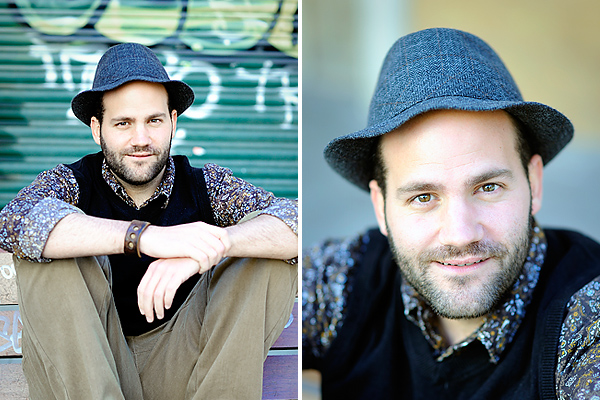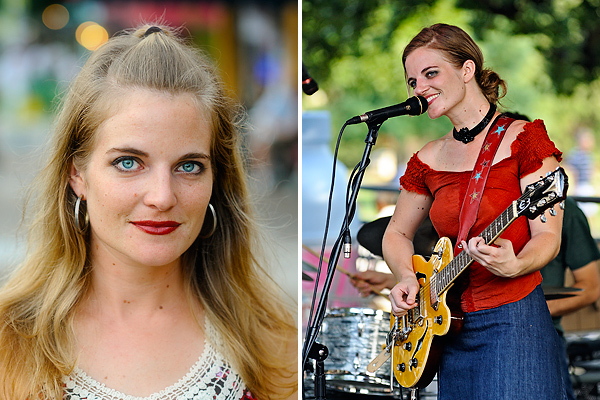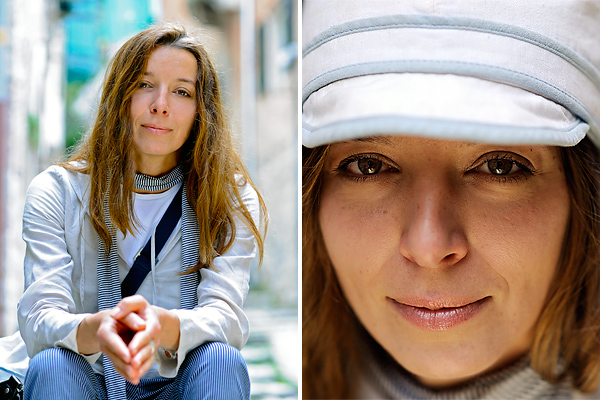
All photos courtesy of Terence Carter
TRAVEL PHOTOGRAPHER (and writer) Terence Carter has shot dozens of travel guidebooks for Lonely Planet, DK, Footprint, Thomas Cook, and AA Guides, as well as scores of stories for magazines around the world.
He’s in the 11th month of a unique travel project called Grantourismo which he embarked upon with wife Lara Dunston, and the support of HomeAway Holiday-Rentals, aimed at promoting slow/sustainable travel, local travel, and experiential travel.
Matador editor and photographer Lola Akinmade caught up with Terence to discuss his practical take on travel photography and current assignments.
